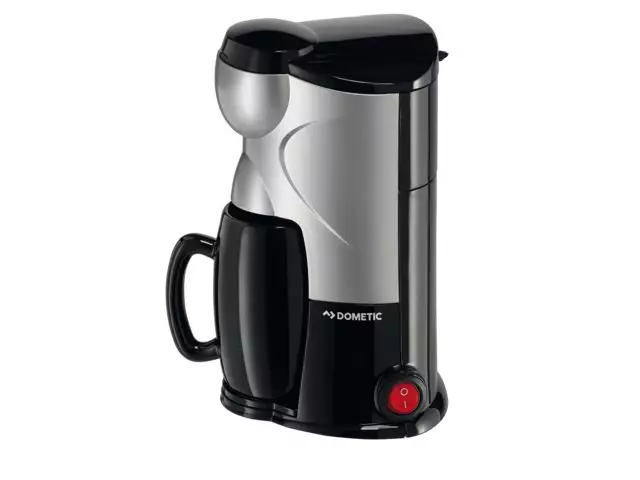There are two main types of screens. These are LCD, better known as liquid crystal, and E-Ink - based on liquid ink technology. Literally 2-3 years ago, the choice of a device for reading was obvious - E-Ink. Such devices last longer on battery life and, according to numerous reviews of their owners and experts, are safer for the eyes. But today a lot has changed. So what should we choose?
Instructions
Step 1
E-Ink screens do still have more contrast. For this reason, in bright light such as the sun, they have a huge advantage over LCD screens.
However, it seems that the damage to eyesight from LCD devices is somewhat overestimated. Eye fatigue often occurred not from "passing light", as some experts asserted, but from looking at blurry letters on not very high-quality screens.
The main eye experts - ophthalmologists, both ours and Western ones, agree that for the eye there is no difference: transmitted light (as in LCD) or reflected (in E-Ink).
So today there is no such catastrophic difference in screens from this point of view, but when buying, be guided by high-resolution matrices - they are, as a rule, more modern and high-quality.
Step 2
From a software point of view, LCD and E-Ink have full parity today. Well-known reading programs like CoolReader exist on all mobile platforms. And in specialized devices for reading on E-Ink, the Android operating system is increasingly installed, which makes it possible to use more than 20 different programs for comfortable reading.
Step 3
But in terms of energy consumption, E-Ink is still at its best. But here the manufacturers of LCD smartphones took a different path. They simply began to install two screens in their device - one for working with applications that require good graphics or video, and the second, E-Ink for reading.






